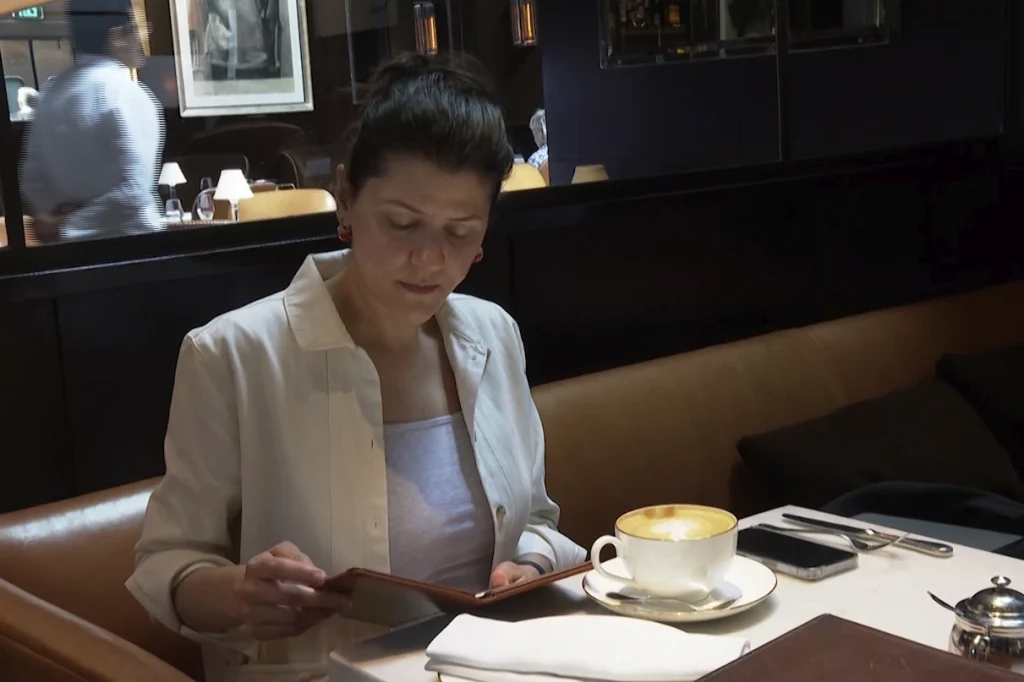The pursuit of a healthier lifestyle, particularly through consistent exercise, often poses challenges for many individuals. With hectic schedules, overwhelming responsibilities, and the pervasive allure of inertia, the barriers to regular physical activity can seem insurmountable.
However, as illustrated by the experiences of Lindsay Kee, an executive coach based in Portland, Oregon, the concept of habit stacking presents a pragmatic solution for integrating exercise into daily routines.
By simply augmenting existing habits with new, health-related behaviors, individuals can create sustainable, effective routines that facilitate lasting changes.
Habit stacking, a term popularized by productivity author S.J. Scott in his 2014 book, refers to the practice of pairing a new habit with an existing one.
The underlying principle is intuitive: by linking a desired behavior to an already established routine, one can reduce the mental overhead associated with initiating new practices.
For Kee, this manifested as committing to perform standing stretches before taking her dog for a walk, and then gradually incorporating squats and jumping jacks upon returning home.
This simple yet transformative approach exemplifies how the integration of physical activity into established routines can alleviate the pressure often associated with exercising.
This pairing of habits takes advantage of the brain’s proclivity for patterns and familiarity, allowing individuals like Kee to minimize resistance to change.
Rather than approaching exercise as a burdensome, standalone task, habit stacking allows it to blend seamlessly into the fabric of daily life.
By leveraging actions that are already ingrained—like walking the dog—individuals can create a sense of continuity, wherein regular exercise feels like a natural extension of their day rather than an isolated obligation.
Fitness experts widely acknowledge the efficacy of habit stacking as a means of enhancing physical activity. Dana Santas, a mobility expert with experience training over 50 professional sports teams, embodies this principle in her own routine.
By performing squats, lunges, or balance exercises while using an electric toothbrush—an activity that inherently requires the timing of two minutes—Santas capitalizes on the repetitive nature of her hygiene practice to integrate physical conditioning seamlessly into her day.
This method not only utilizes otherwise idle moments but also exemplifies an innovative approach to fitness that eschews the need for lengthy, dedicated workout sessions.
Though detractors might argue that short bursts of exercise are insufficient to achieve substantial fitness goals, research indicates that every bit of movement counts towards accumulating required activity levels.
According to the Centers for Disease Control and Prevention (CDC), adults should strive for 150 minutes of moderate aerobic activity, or 75 minutes of vigorous activity per week, alongside two days of muscle-strengthening exercises.
Habit stacking allows individuals to incorporate these recommendations into their lives in manageable increments, thus sidestepping the intimidating notion of committing hours to exercise.
However, the journey towards maintaining new habits is not devoid of challenges. The psychology of habit formation posits that while initial adoption may be facilitated through pairing behaviors, sustaining these habits often proves to be difficult.
The novelty of a new routine can diminish over time, leading to a decline in motivation and a resurgence of old, more comfortable behaviors.
Therefore, the challenge lies not merely in the establishment of new habits, but in their perseverance and adaptation to the evolving landscape of one’s daily life.
Kee acknowledges that her journey towards a consistent fitness routine has required ongoing commitment and adaptability.
The integration of stretches and exercises around her dog walks has been effective, yet it has also necessitated a conscious effort to remain engaged and motivated.
This notion resonates deeply within the broader context of behavioral change, where discipline and intrinsic motivation play vital roles in the longevity of new habits. As Kee states, “Adding it to something I was already doing just took so much pressure out of it.”
This sentiment highlights a crucial aspect of successful habit formation: reducing the psychological burden associated with new behaviors can significantly enhance the likelihood of their sustained practice.
In line with this notion, the strategic placement of reminders, as Kee has done with her vitamins near the coffee machine, can serve as essential catalysts for maintaining momentum.
The intersection of memory cues and habitual behaviors fosters an environment conducive to change, wherein the desired actions become not only more accessible but also less daunting.
In her acclaimed work, “Better Than Before: Mastering the Habits of Our Everyday Lives,” Gretchen Rubin elucidates the significance of the pairing technique as a highly effective strategy for initiating and sustaining new habits.
This approach is particularly advantageous in alleviating the mental burden associated with the decision-making process, which often serves as a formidable obstacle to the establishment of consistent behavioral patterns.
Rubin emphasizes the concept of “decision fatigue,” which she identifies as a formidable adversary to habit formation, drawing upon her personal experience from her collegiate years, during which she permitted herself the activity of showering solely contingent upon having completed a workout that day.
By recommending that individuals associate a new, less appealing behavior—referred to as the “shaky habit”—with an existing obligation or a strongly desired activity, she suggests a practical framework for habit implementation.

For instance, she illustrates this concept by stating that in order to indulge in the pleasurable experience of listening to a podcast, one must first engage in the physical exertion of walking on a treadmill.
Additionally, Lisa Jhung, the author of “Running That Doesn’t Suck,” advocates for a creative interpretation of this pairing method by proposing that individuals incorporate physical activity into routine errands, thereby transforming mundane tasks into opportunities for exercise, exemplifying this by suggesting that one might literally run while completing errands.
Together, the insights of Rubin and Jhung provide a comprehensive understanding of how intentional pairing can not only facilitate the adoption of new habits but also enrich one’s daily experience by integrating physical activity into the fabric of everyday responsibilities.
In conclusion, Lindsay Kee’s experience with habit stacking illuminates a practical pathway towards integrating exercise into the complexities of modern life.
By pairing new fitness behaviors with preexisting routines, individuals can effectively diminish the psychological barriers often associated with embarking on a fitness journey.
While the road to establishing and maintaining new habits is fraught with challenges, the principles of habit stacking offer a pragmatic approach to consistency.
As individuals seek sustainable ways to enhance their well-being, understanding and implementing habit pairing can serve as a valuable strategy in fostering long-term health and fitness.
Ultimately, the essence of habit stacking lies in its ability to transform exercise from a daunting task into a seamless component of daily life—thus empowering individuals to take charge of their health with greater ease and confidence.
